What is Dental Whitening?
Dental whitening, also known as teeth whitening, is a cosmetic dental procedure designed to lighten the color of your teeth. Over time, teeth can become stained or discolored due to various factors like aging, certain foods and drinks, smoking, and even some medications. Dental whitening aims to remove these stains and brighten your smile, boosting your confidence and enhancing your overall appearance. It’s a popular and effective way to achieve a more youthful and aesthetically pleasing look, making it a cornerstone of many cosmetic dentistry practices. The process works by using bleaching agents, typically hydrogen peroxide or carbamide peroxide, to penetrate the enamel and dentin, breaking down the stain molecules and restoring your teeth’s natural whiteness.
Types of Dental Whitening Procedures
There are two primary categories of dental whitening procedures: in-office whitening and at-home whitening. In-office whitening is performed by a dental professional in a clinic setting, offering immediate and often more dramatic results. At-home whitening, on the other hand, involves using whitening products at home, either under the guidance of a dentist or over-the-counter. Each method has its advantages and disadvantages regarding effectiveness, convenience, and cost. The best choice for you will depend on your individual needs, the severity of your staining, your budget, and your commitment to the whitening process. Consulting with your dentist is crucial to determine the most appropriate and safest option for your specific dental situation.
In-Office Dental Whitening
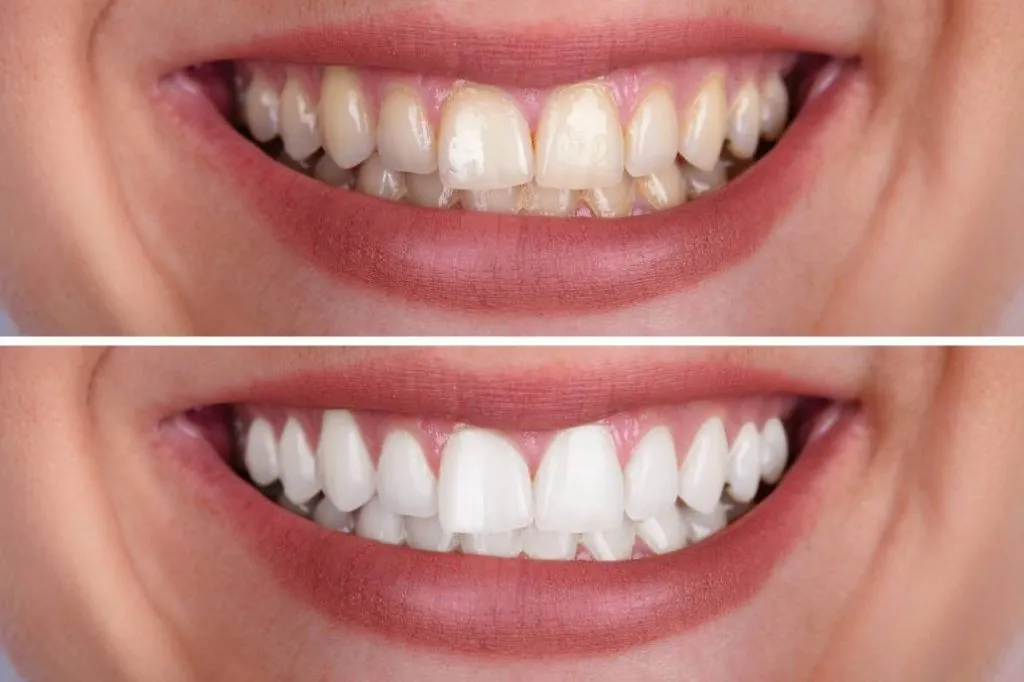
In-office dental whitening, often referred to as professional teeth whitening, is a fast and efficient way to achieve a brighter smile. During the procedure, a dental professional applies a high-concentration bleaching agent to your teeth after protecting your gums and soft tissues. This concentrated formula is far more potent than what is available in at-home kits, resulting in significant color change in a single session. The process often involves multiple applications of the whitening agent, sometimes coupled with the use of a special light or laser to accelerate the whitening process. In-office whitening offers the advantage of immediate results, typically lightening teeth several shades in about an hour. Additionally, it ensures the procedure is performed under the supervision of a dental expert, minimizing the risk of side effects and maximizing effectiveness.
How In-Office Whitening Works
The in-office whitening process starts with a thorough examination of your teeth and gums to ensure you’re a good candidate for the treatment. The dentist or hygienist will then clean your teeth to remove any plaque or debris, preparing them for the whitening agent. A protective gel is applied to your gums to prevent irritation from the bleaching solution. The high-concentration whitening gel, usually containing hydrogen peroxide, is then applied to the surface of your teeth. A special light or laser may be used to activate the whitening agent, speeding up the process. After a certain period, the gel is removed, and the process may be repeated several times during the session. Finally, the dentist will assess the results and provide instructions on how to maintain your newly whitened smile. This procedure is designed for convenience and often provides the quickest path to a brighter smile.
At-Home Dental Whitening
At-home dental whitening offers a more flexible and affordable option for those looking to brighten their smiles. This method involves using whitening products at home, either under the guidance of a dentist or using over-the-counter (OTC) products. There are various types of at-home whitening systems available, including custom-fitted trays prescribed by your dentist, pre-filled disposable trays, whitening strips, and whitening toothpastes. The effectiveness of at-home whitening depends on the product used, the concentration of the bleaching agent, and the duration of the treatment. While the results might not be as dramatic or immediate as those from in-office whitening, consistent use of at-home products can lead to noticeable improvements over time. It’s essential to follow the instructions carefully and consult your dentist before starting any at-home whitening regimen to ensure it’s safe and suitable for your specific dental needs.
Over-the-Counter Whitening Products
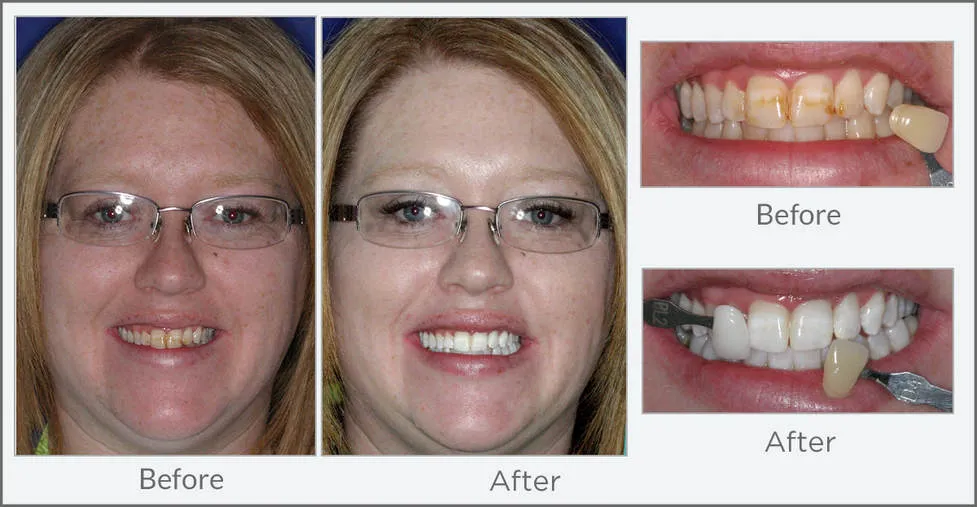
Over-the-counter (OTC) whitening products are widely available in pharmacies and supermarkets, offering a convenient and accessible way to whiten your teeth. These products typically include whitening strips, whitening toothpastes, and pre-filled trays. Whitening strips are thin, flexible strips coated with a whitening agent, applied directly to the teeth. Whitening toothpastes contain mild abrasives and chemicals that help remove surface stains. Pre-filled trays come with a whitening gel that you wear for a specific period. The concentration of the whitening agents in OTC products is generally lower than that used in professional treatments, resulting in a slower but safer whitening process. While OTC products can be effective for removing surface stains and achieving a modest improvement in tooth color, they may not be as effective for more severe discoloration. It’s crucial to read and follow the product instructions carefully and to be realistic about the results you can expect.
Professional At-Home Whitening Kits
Professional at-home whitening kits are prescribed by a dentist and offer a more personalized and effective whitening experience compared to over-the-counter products. Your dentist will take impressions of your teeth to create custom-fitted trays that fit snugly, ensuring the whitening gel comes into contact with the teeth’s surface more effectively and minimizing gum irritation. These kits typically use a higher concentration of bleaching agents than OTC products but are still less potent than those used in-office. Your dentist will provide specific instructions on how to use the kit, including the application time and frequency, based on your individual needs and desired results. Because of the custom fit and professional guidance, professional at-home kits often deliver better and more consistent results while minimizing potential risks. Regular check-ups with your dentist are recommended during the course of treatment to monitor your progress and address any concerns.
Dental Whitening Before and After Results
The before-and-after results of dental whitening can vary significantly depending on the whitening method used, the type and severity of the staining, and individual factors like tooth enamel structure. In-office whitening typically provides the most dramatic and immediate results, often lightening teeth by several shades in a single session. At-home whitening, whether professional or over-the-counter, generally produces more gradual improvements over a few weeks or months. The results can range from a subtle brightening to a noticeable transformation, giving you a more confident and appealing smile. It is essential to have realistic expectations and understand that the final outcome is also influenced by the initial color of your teeth and how well you maintain your oral hygiene and avoid staining foods and drinks.
Factors Affecting Whitening Results
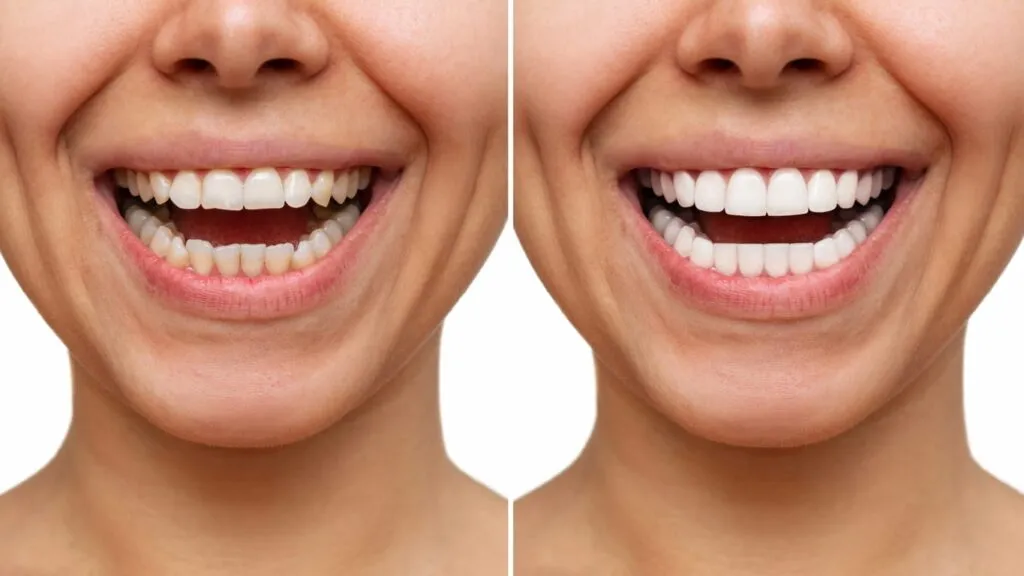
Several factors can influence the effectiveness and longevity of your dental whitening results. The type and severity of the staining play a significant role; stains caused by certain foods, drinks, and smoking are usually easier to remove than stains caused by medications or internal tooth discoloration. The natural color and thickness of your tooth enamel also impact the outcome, as teeth with thinner enamel may whiten more quickly. Your oral hygiene habits, including brushing, flossing, and regular dental check-ups, are crucial for maintaining a bright smile. Genetics, age, and the presence of dental work like fillings or crowns can also affect the whitening process. It’s important to discuss these factors with your dentist, who can assess your individual needs and recommend the most suitable whitening treatment for you.
Maintaining Your Whitened Smile
Maintaining your newly whitened smile involves a combination of good oral hygiene practices and lifestyle choices. Brushing your teeth twice daily with a whitening toothpaste can help remove surface stains and keep your teeth bright. Flossing daily removes plaque and bacteria from between your teeth, which can prevent further staining and promote overall oral health. Regular dental check-ups and cleanings are essential to remove any accumulated stains and keep your teeth healthy. Avoid or limit the consumption of foods and drinks known to stain teeth, such as coffee, tea, red wine, and dark-colored berries. If you do consume these items, rinsing your mouth with water immediately afterward can help minimize staining. Additionally, quitting smoking and avoiding tobacco products can significantly extend the life of your whitening results. Following these guidelines will help you enjoy a brighter, more confident smile for years to come.
Proper Oral Hygiene Practices
Proper oral hygiene is the cornerstone of maintaining a healthy and bright smile. Brushing your teeth at least twice a day for two minutes each time is crucial for removing plaque and bacteria that can cause staining and decay. Using a soft-bristled toothbrush and a fluoride toothpaste is recommended for gentle yet effective cleaning. Flossing daily is equally important, as it removes plaque and food particles from between your teeth and along the gum line, areas that a toothbrush cannot reach. Using an antimicrobial mouthwash can help further reduce bacteria and freshen breath. Regular dental check-ups and professional cleanings are essential for removing stubborn stains and tartar buildup, ensuring your teeth remain clean and healthy. Consistent and diligent oral hygiene practices will not only help maintain your whitened smile but also contribute to your overall oral health.
Foods and Drinks to Avoid
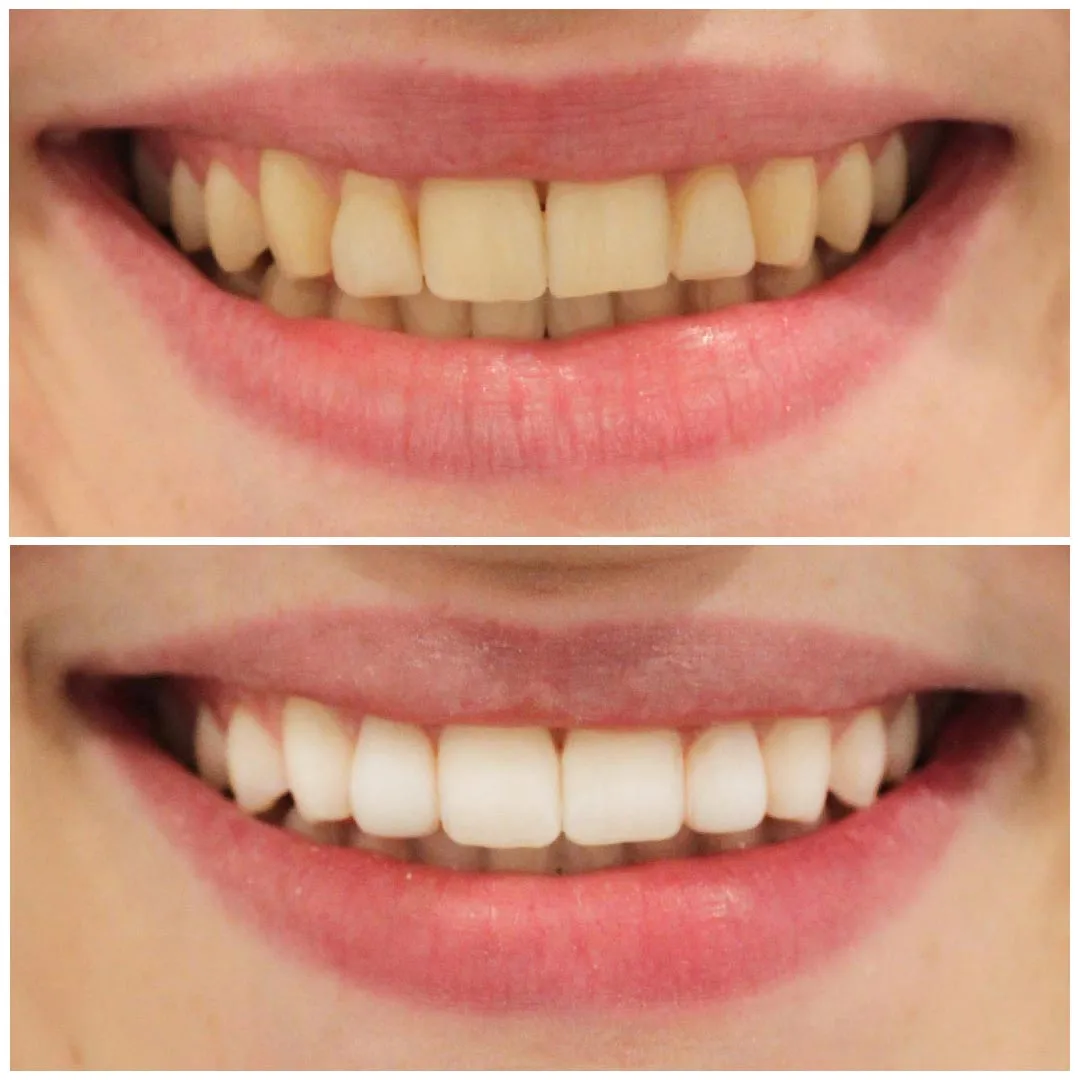
Certain foods and drinks can stain your teeth, diminishing the results of dental whitening. Beverages like coffee, tea, red wine, and dark-colored sodas contain chromogens, pigments that can adhere to tooth enamel and cause discoloration. Foods such as berries (blueberries, blackberries, raspberries), beets, and soy sauce also have a high staining potential. Smoking and chewing tobacco are major contributors to tooth staining. To maintain your whitened smile, it’s advisable to limit the consumption of these items, especially in the days immediately following a whitening treatment. If you consume these foods and drinks, rinsing your mouth with water or brushing your teeth shortly afterward can help minimize staining. Making mindful food and drink choices is an important part of preserving your bright, white smile.
Dental Whitening Risks and Side Effects
While dental whitening is generally considered safe, it can have some potential risks and side effects. The most common side effect is tooth sensitivity, which can occur during and after the whitening process. This sensitivity is usually temporary and subsides within a few days or weeks. Gum irritation is another potential side effect, often caused by the whitening agent coming into contact with the gums. In rare cases, dental whitening may cause uneven whitening, particularly if you have fillings, crowns, or other dental work. It’s important to consult your dentist to ensure you are a suitable candidate for teeth whitening and to discuss potential risks. Following the dentist’s instructions carefully and using the products as directed can help minimize these side effects and ensure a safe and effective whitening experience.
Sensitivity and Irritation
Tooth sensitivity and gum irritation are the most common side effects associated with dental whitening. Sensitivity can manifest as a sharp, sudden pain or discomfort when consuming hot, cold, sweet, or sour foods and drinks. This happens because the whitening agent can temporarily make the pores in your enamel more open. Gum irritation can occur if the whitening agent comes into contact with your gums, leading to redness, swelling, or soreness. To minimize these side effects, it’s essential to follow your dentist’s instructions carefully, use the recommended amount of whitening gel, and avoid over-whitening. Using a desensitizing toothpaste containing potassium nitrate can help alleviate sensitivity. If you experience significant discomfort or irritation, consult your dentist, who may recommend adjustments to your treatment plan or alternative products.
Is Dental Whitening Right for You?
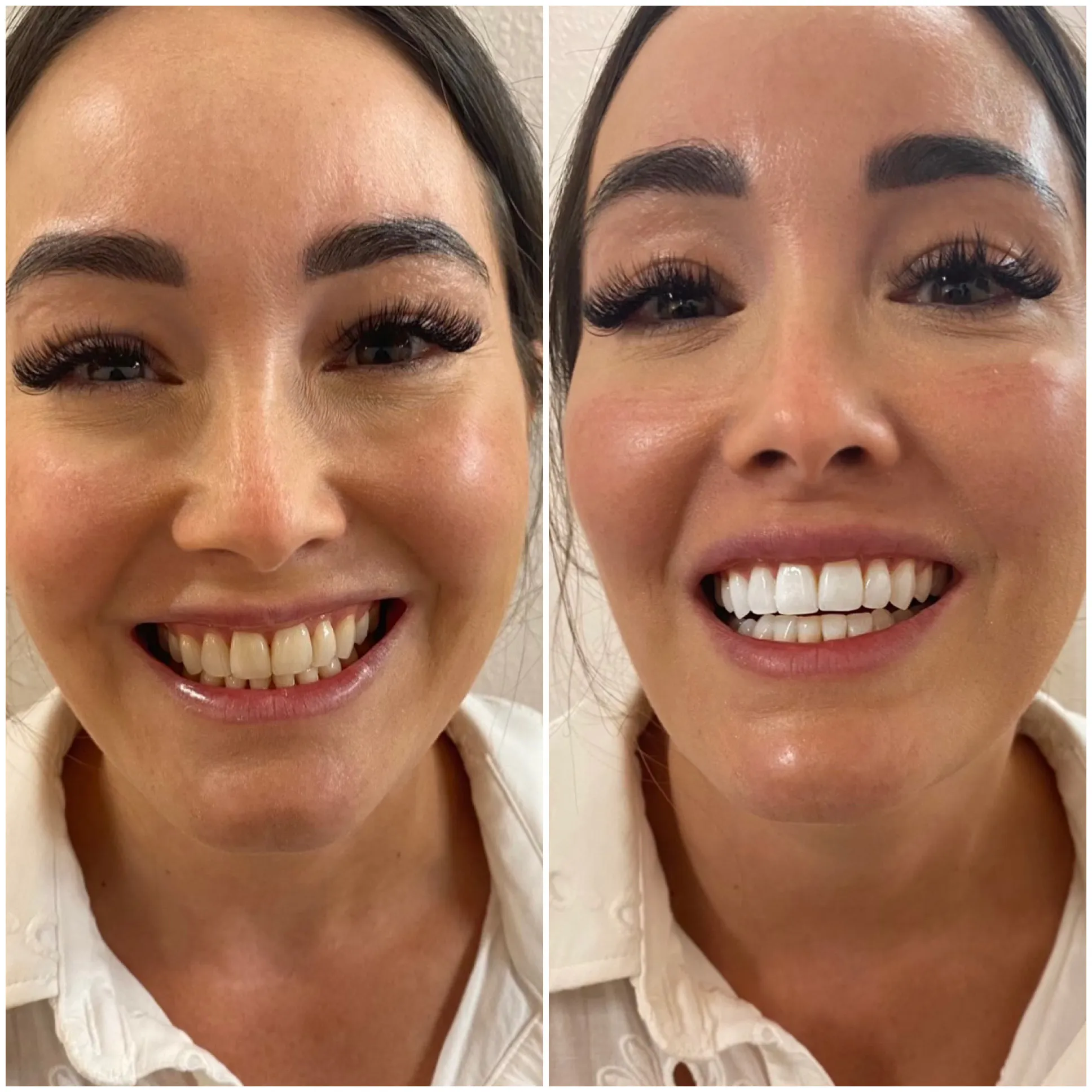
Determining if dental whitening is right for you involves assessing your individual needs and considering your oral health. If you are unhappy with the color of your teeth due to staining, discoloration, or aging, dental whitening can be an excellent option. However, it’s essential to have realistic expectations about the results, as the degree of whitening can vary. A consultation with your dentist is crucial to determine if you are a suitable candidate. Your dentist will examine your teeth and gums, discuss your medical history, and assess any potential risks. They can also recommend the most appropriate whitening method based on your specific needs and oral health. Dental whitening is not recommended for everyone, particularly those with significant dental work, sensitive teeth, or certain oral health conditions. Ultimately, the decision to undergo dental whitening should be made in consultation with your dentist to ensure a safe and effective treatment.
